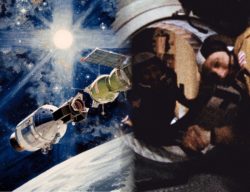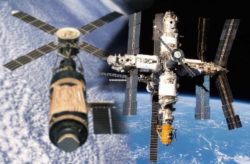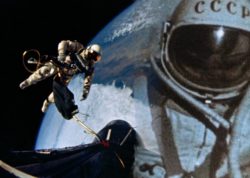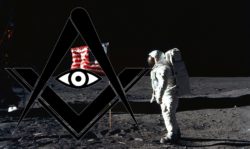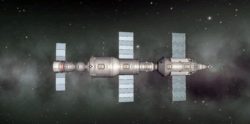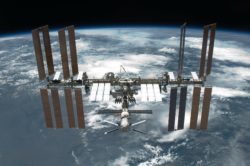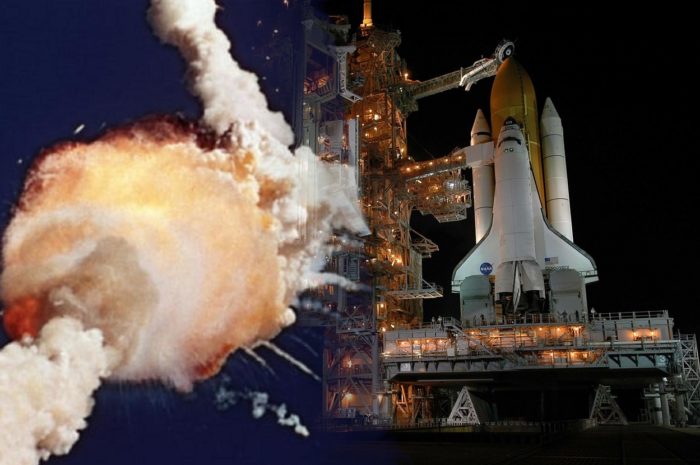
Success And The Realization Of A Nightmare: The Space Shuttle Era
- By
- April 11, 2021
- September 29, 2021
- 23 min read
- Expert Opinion
- Posted in
- Space, History
As the 1970s morphed into the 1980s and the Reagan era of the United States, in what would prove to be the last decade of the Cold War as well as the last remnants of competitiveness in the Space Race, NASA looked to unleash its Space Shuttle program. The general drive was to have spacecraft that were reusable and could be used for multiple missions, not least to assist in the building of a planned United States Space Station. And indeed, the initial plans and hopes for the Space Shuttle - that they would launch on a weekly basis - show how advanced those plans and ideas were.
Operating from 1981 to 2011 NASA launched a total of 134 shuttl...
Fact Checking/Disclaimer
The stories, accounts, and discussions in this article may go against currently accepted science and common beliefs. The details included in the article are based on the reports, accounts and documentation available as provided by witnesses and publications - sources/references are published above.
We do not aim to prove nor disprove any of the theories, cases, or reports. You should read this article with an open mind and come to a conclusion yourself. Our motto always is, "you make up your own mind". Read more about how we fact-check content here.
Copyright & Republishing Policy
The entire article and the contents within are published by, wholly-owned and copyright of UFO Insight. The author does not own the rights to this content.
You may republish short quotes from this article with a reference back to the original UFO Insight article here as the source. You may not republish the article in its entirety.
